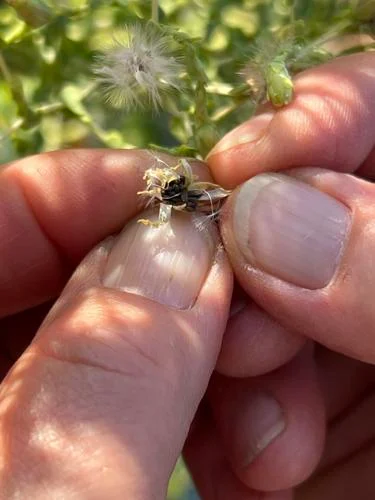Is seed-saving worth the trouble? In a word, yes
By Dana Cook
WSU Chelan/Douglas County Master Gardener


“You can count the seeds in a tomato, but you can’t count the tomatoes in a seed,” a friend recently posted on social media. The post included a photo of a slice of a beautiful heirloom Brandywine tomato perfectly sized to be tucked between two pieces of bread accompanied by crispy bacon and fresh lettuce. His 15 years of seed saving from his best tomatoes all but guarantees tasty BLTs each summer.
Seed saving is a straightforward process that anyone can do. By saving seeds from the plants that perform best in your garden, you can grow delicious, healthy food and help these plants adapt to our local climate. This simple practice also encourages ecosystem stability. We’re here to help you get started.
Choose plants that self-pollinate. This means the plant has all the bits and pieces to fertilize itself rather than depending on insects or wind. The seeds produced by a self-pollinating plant will reliably grow to be the same as the parent plant. Examples of self-pollinating plants include beans and peas, tomatoes and lettuce. Self-pollinating flowers include marigolds, sunflowers and cosmos.
And speaking of parent plants, save seeds from open-pollinated or heirloom varieties of plants rather than hybrid plants. This conserves genetic diversity and prevents the loss of unique varieties. Planting seeds from hybrids works, but the results will be like Forrest Gump’s box of chocolates — you never know what you’re gonna get.
When choosing which plants to collect seeds from, select the ones that are the healthiest, most disease- and pest-resistant. Record the traits of the plant, including name, date planted and harvested.
Some seeds, such as tomatoes and peppers, can be harvested when the fruit is ripe. However, harvest other seeds, such as those from peas and beans, when the pods are dry on the stalk. Harvest flower seeds when the flower dries.
To save tomato seeds:
- Scoop them out and mix with warm water.
- Let the mixture ferment for three to four days to kill viruses and other diseases.
- Stir the mixture daily.
- Remove any floating seeds, as these will not germinate.
- Strain and rinse the seeds.
- Allow them to dry for a week or two in a well-ventilated area.
- Pro tip: Instead of a paper towel, dry the seeds on a coffee filter to avoid sticking.
- Store seeds in an airtight container in a cool, dark, dry place.
- Be sure to label the container with the genus, species and date. Seeds remain viable for four to five years.
When planting time comes, stop and ponder. You are participating in an activity that had a role in changing the course of human evolution from hunter-gathers to an agricultural lifestyle. You are contributing to plants becoming better adapted to our climate and ensuring your own bounty of garden delights!
A WSU Chelan and Douglas County Master Gardener column appears weekly in The Wenatchee World. To learn more, visit bit.ly/MGchelandouglas or call 509-667-6540.
